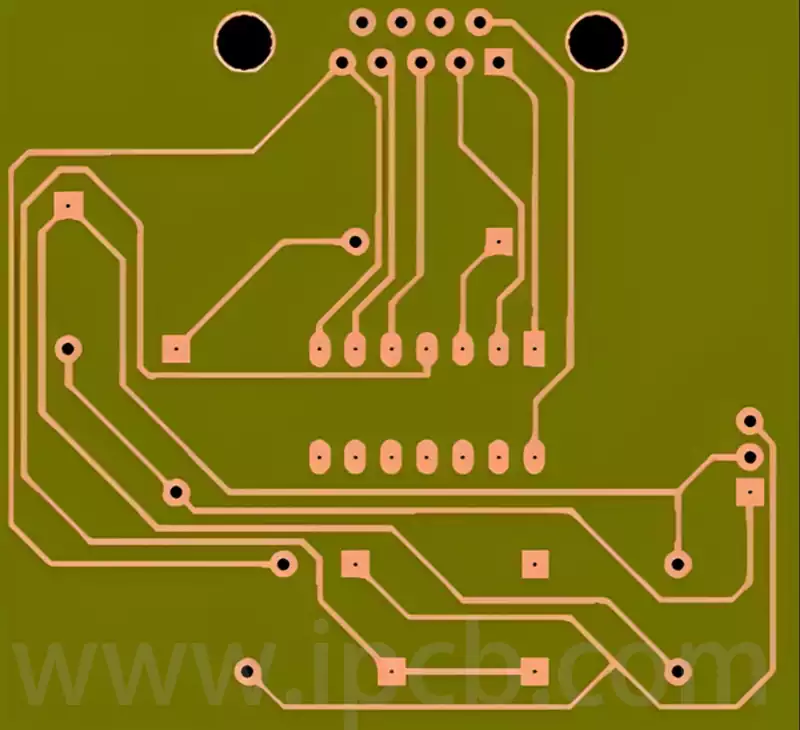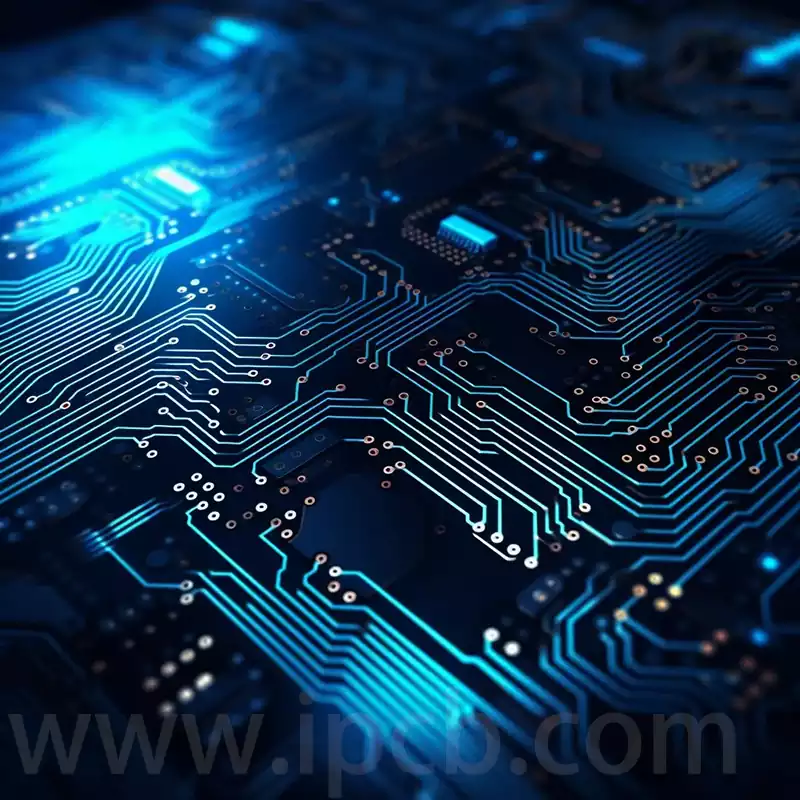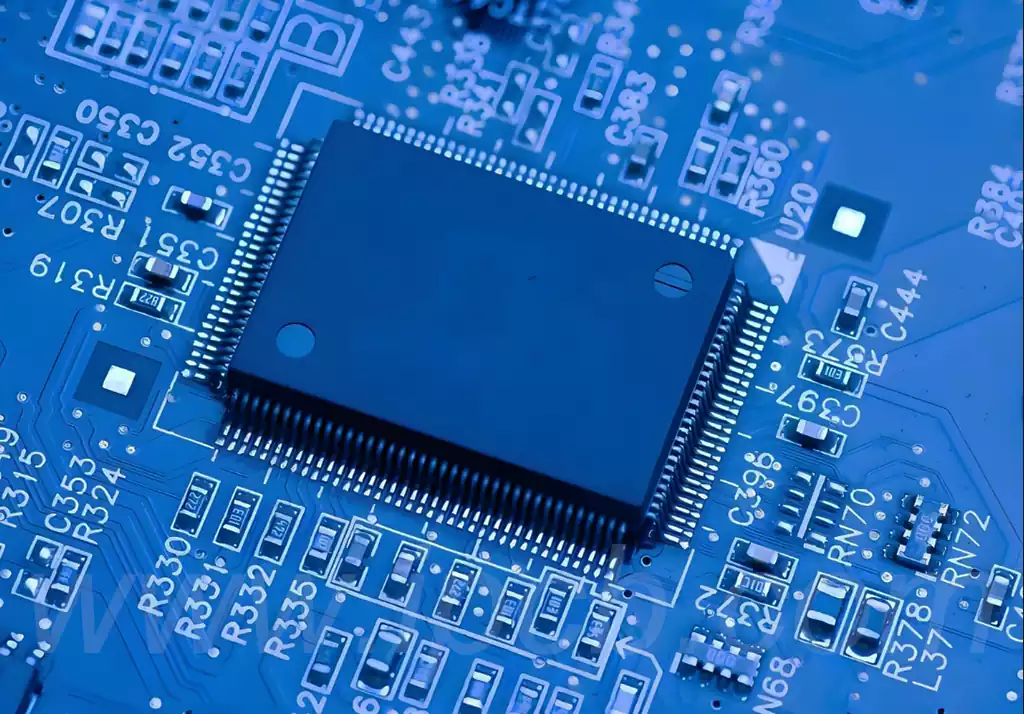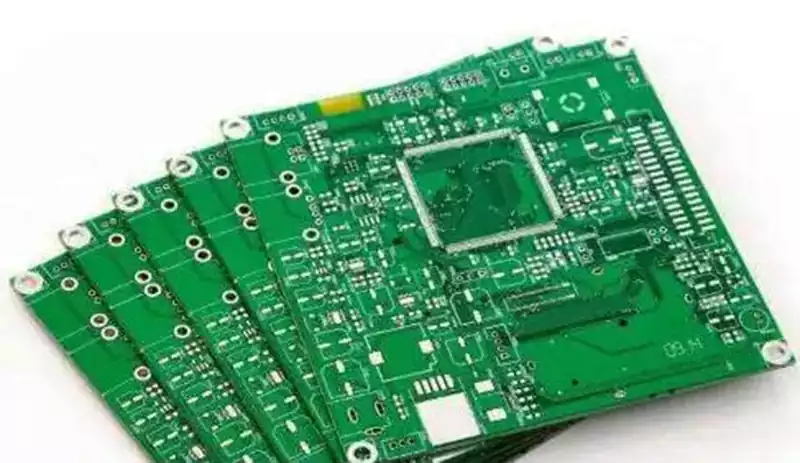Alkaline etching solution for circuit boards, also known as passivation solution, is one of the widely used chemical etching solutions in the electronics industry for removing unwanted copper materials from circuit boards, and then generating a protective layer on the surface to protect the circuits on the boards from corrosion.
The principle of action of circuit board alkaline etching is to use chemical reaction to dissolve copper compounds in order to etch copper. Because the copper compounds exist on the copper surface, the circuit board alkaline etching solution will only corrode copper and will not affect other materials. Meanwhile, the corrosion rate of circuit board alkaline etching solution can be controlled by heating or strengthening the concentration of oxidant.
Alkaline etching solution is an indispensable liquid in the manufacturing process of circuit boards, which is mainly used to remove the unwanted parts on the circuit boards to achieve the purpose of etching processing. The main components of alkaline etching solution include potassium bicarbonate, potassium hydroxide, sodium carbonate, auxiliary agents and so on. Among them, potassium bicarbonate and potassium hydroxide are the main etching agents of alkaline etching solution, which can quickly remove the oxide layer and protective film on the surface of copper material, and etch the copper material into the corresponding circuit pattern.
The auxiliary agents in the alkaline etching solution play a role in adjusting the liquid pH and etching rate, increasing the viscosity of the liquid and so on. Among them, the surfactant and buffer can make the etching solution easier to evenly cover the surface of the circuit board to improve the etching effect of copper materials.
The main process of alkaline etching liquid electrolytic copper technology includes the following steps:
- Degreasing and deoxidising copper foil: the surface of copper foil should be clean, so it is necessary to use degreasing agent and deoxidising agent to clean the surface of copper foil to ensure that the surface of copper foil is free of impurities.
- Rinsing: After cleaning, rinsing should be carried out to rinse off the degreasing and deoxidising agents and other harmful substances.
- Coating light board: The copper foil will be made into the required pattern by coating light board method and washed.
- Rinsing: The coated copper foil is rinsed clean.
- Etching: Immerse the copper foil into the etching solution to etch, and the unwanted copper foil is etched away.

Factors such as alkaline etching, temperature, time, agitation and replenishment are all important factors affecting the etching results.
- Alkaline etchant
Alkaline etching is one of the most critical factors in the alkaline etching process, which can be used to etch circuit boards under certain temperature, time and agitation conditions to form circuit patterns. Commonly used alkaline etching agents include sodium hydroxide, potassium hydroxide, ammonia, phosphoric acid and so on. When choosing etchant, it is necessary to choose according to different process requirements and circuit board materials. - Temperature
Temperature is one of the important factors affecting the rate of alkaline etching and etching quality. Generally speaking, as the temperature increases, the alkaline etching rate will increase, but too high a temperature will lead to a decline in the quality of the circuit board. Therefore, the temperature needs to be controlled during the etching process, usually at about 40 ℃. - Time
Time is also one of the important factors affecting the effect of alkaline etching. Too short a time will lead to incomplete etching, while too long a time will lead to excessive corrosion of the circuit board, thus affecting the quality of the circuit board. Generally speaking, the etching time needs to be determined according to the production process and the requirements of the circuit board. - Stirring
Stirring can improve the uniformity of the alkaline etchant and the etching quality of the circuit board. Without stirring, the concentration and temperature of the etchant will vary greatly, resulting in uneven quality of the circuit board. In terms of agitation, it is necessary to control the speed and method, usually using mechanical agitation or bubble agitation. - Replenishment
Replenishment is to ensure that the concentration and temperature of the etching solution is uniform, but also to adjust the harmful substances in the etching solution. In the replenishment of liquid, need to be determined according to the production process and circuit board requirements. - Neutralisation: The waste liquid in the etching solution is neutralised through the neutralisation treatment device.
- Liquid level check, adjustment: check whether the etching solution used meets the requirements of the process and make adjustments.
- Inspection: Check whether the surface of the etched copper foil is clean and complete without residue.
Alkaline etching solution electrolytic copper technology has the following advantages and disadvantages compared with the traditional chemical etching process:
- Advantages: fast response time for making circuit boards, which can improve the production efficiency; high surface flatness of copper foil, high precision of the formed pattern, high technical requirements for the performance of the circuit, alkaline etching solution electrolytic copper technology is the best choice.
- Disadvantages: Pollution of the environment, the treatment of nuclear waste is reduced to acidic crystals, the need to use etching solution again to deal with.
Circuit board alkaline etching as a core process in the electronics industry, through precise control of the chemical reaction, effectively removes excess copper on the circuit board and form a protective layer to protect the integrity and performance of the circuit. While this technology offers significant advantages in terms of productivity and circuit precision, its environmental impact should not be ignored and the waste treatment process needs to be continuously optimised.


